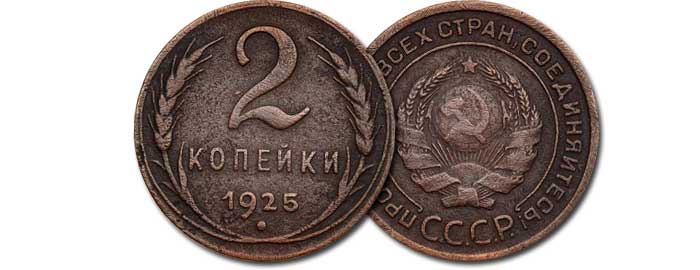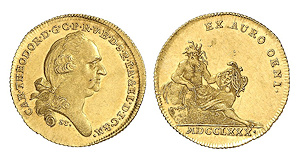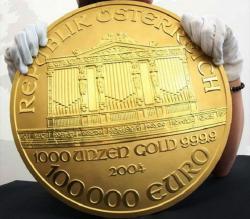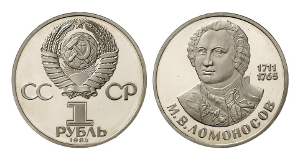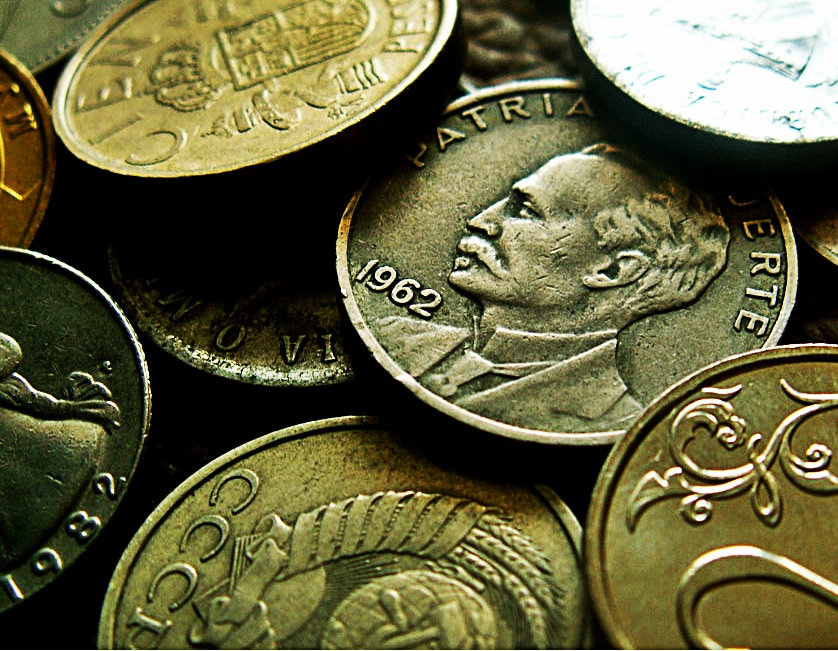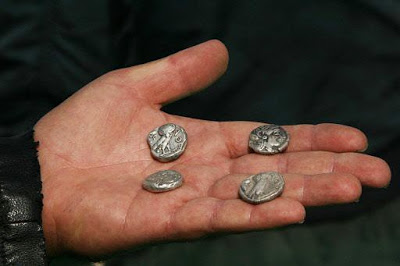besides the members
Banknotes and paper money (VIII-XX century)
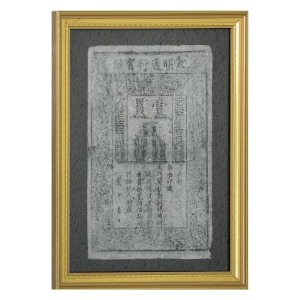 The history of paper money is just as exciting and varied as the history of metallic money. At the beginning of the history of paper money, there were two forms of banknotes – a receipt and a promissory note.
The history of paper money is just as exciting and varied as the history of metallic money. At the beginning of the history of paper money, there were two forms of banknotes – a receipt and a promissory note.
The receipt was issued as a certificate that a specific amount of metallic money is in the banker’s custody. Over time, the receipt has become possible to transfer to another person. Later, the receipt acquired the form of a banknote, which documented the client’s right to receive the amount in the form of coins indicated on the banknote at any time. Over time, the debt receipt turned into public money, which, as a rule, could not be received in the form of coins, but which had to be accepted for payment by all public funds. In addition, there are still temporary paper money issued to compensate for the shortage of coins. Continue reading
Oriental coins (VII-XXI century)
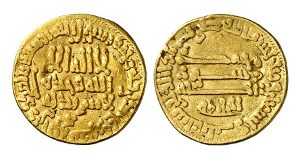 The conquerors of the territories that previously belonged to Byzantium were not familiar with the coinage before the reign of Muhammad, and therefore the history of the Arab coinage begins with imitation of coins of the Byzantine and Sassanian type. In part, these imitations were a rather loose interpretation of the original. Along with them, images of the ruling caliphs were minted on Arab coins.
The conquerors of the territories that previously belonged to Byzantium were not familiar with the coinage before the reign of Muhammad, and therefore the history of the Arab coinage begins with imitation of coins of the Byzantine and Sassanian type. In part, these imitations were a rather loose interpretation of the original. Along with them, images of the ruling caliphs were minted on Arab coins.
Around 696-698, Caliph Abdul-Malik ibn Mervan from the Umayyad dynasty (685-705) carried out a reform of the eastern monetary system. Continue reading
Crusader coins (ca. 1095-1523)
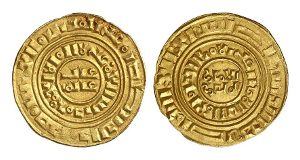 It is unlikely that there will be events that have had such a strong influence on the social and cultural development of the medieval world from the 11th to the 13th centuries, like the crusades and the associated founding of Christian states in Palestine and the Mediterranean.
It is unlikely that there will be events that have had such a strong influence on the social and cultural development of the medieval world from the 11th to the 13th centuries, like the crusades and the associated founding of Christian states in Palestine and the Mediterranean.
In 1095, in the French city of Clermont, Pope Urban II (1088-1099) called for the liberation of the Holy Land from the Muslims and thereby caused a wave of crusades of the high Middle Ages. Continue reading
